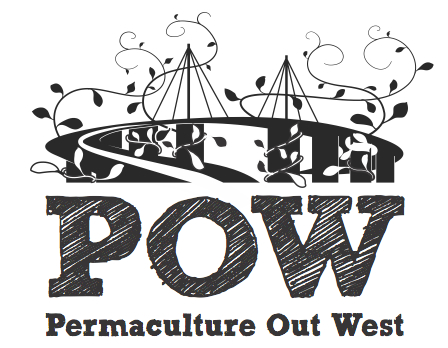Further to the anti-lawn article which I sent in last week,
The link below gives some interesting advice for those of you that aren’t yet ready to kill the Kikuyu and plant potatoes. So, if you’re an addict to ‘Lawn & Order’, read-on for some ideas on how to have your lawn and eat it too. The article is US-based, so , some species substitution will be necessary.
It is also a good idea to buy your initial clover seed inoculated with the appropriate nitrogen-fixing bacteria. Once established, it will self-seed without need for further inoculation.
For drier lawns, lucerne would be more appropriate as it is also an N-fixer (buy inoculated) and the ‘mowings’ are great high-protein fodder for chooks & rabbits (feed fresh or dried, but don’t allow it to sit and ferment in damp piles). The roots of lucerne (which is also known as alfalfa to you sprout munchers out there) can go down 30 metres or more in some conditions. This allows the plant to become relatively drought proof as well as being an effective miner of nutrients which have become leached down into the subsoil; bringing them back to the surface in the form of fodder or compost material.
I get my inoculated seeds by mail order from Eden seeds. I have found it best to start the lucerne in small pots of unfertilised potting mix (the cheapest stuff) to ensure good root growth and bacterial development before transplanting. Lucerne also works well under many fruit trees as a living mulch if it is slashed or harvested regularly.
Lawn Edging
Consider edging you lawn with some dense prickly shrubs or small trees. -a good choice is the Prickly Wattle Acacia paradoxa which fixes nitrogen in the soil, provides a source of prickly mulch for spots where the neighbour’s cats keep visiting, and are an excellent protective nesting site for small bird such as blue wrens. The seeds are not listed anywhere as edible, but the flowers are sometimes eaten in fritters to no great acclaim. Acacia paradoxa copes well with pruning to a hedge or slashing for mulch and to encourage nitrogen release into the soil. If you want something less prickly because the kids play on the lawn and you like them to maintain the same number of holes and functioning eyeballs, there are many other suitable wattles, some of which have edible seeds. Select a variety indigenous to your site for best results.
Anyway, enough from me: Read the article.
http://www.ecologicalgardening.net/2010/12/polyculture-lawn-primer.html
Scott
